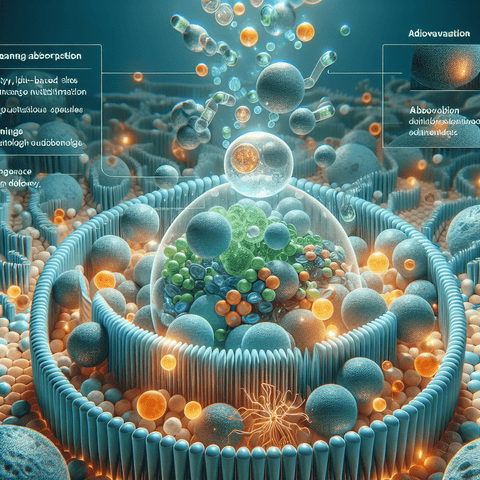Maximize vitamin absorption with liposomal delivery. Liposomal vitamin absorption is a term that sits at the center of formulation science, describing how vesicle carriers interact with vitamins in a delivery system. Liposomes are tiny, spherical shells formed from phospholipids that enclose active compounds. When vitamins are loaded into these carriers, their microenvironment shifts from a simple solution to a structured, protective space. This overview outlines how liposomal systems are designed to influence the path from formulation to measurable presence in a target medium, with a focus on characterization and performance indicators rather than product claims. Several design factors govern liposomal vitamin absorption. Particle size, membrane composition, and surface charge determine how a liposome behaves in a given medium. Hydrophilic and lipophilic vitamins sit in different regions of the vesicle, affecting encapsulation strategies and stability. The choice of lipids, cholesterol content, and surface modifiers can alter protection from degradation and the release profile. Together, these variables shape the foundational concept of liposomal vitamin absorption without asserting outcomes. Efficiency and waste minimization are practical goals in liposomal formulation. Encapsulation efficiency tells us what fraction of the starting vitamin ends up inside the liposome, while unencapsulated material can be accounted for and managed in processing streams. Methods such as purification steps, conditioning, and quality control workflows help reduce unbound material and by-product formation. By emphasizing high encapsulation and clean separations, the design aims to minimize material loss and optimize resource use. Unlocking your vitamins' full potential through liposomal delivery involves understanding release behavior, compatibility with formulation components, and stability under expected storage conditions. In vitro models and analytic assays provide perspectives on how liposomal vitamin absorption characteristics may be interpreted in a controlled setting. The language of liposomal vitamin absorption thus blends materials science, analytical characterization, and process optimization, focusing on describing how encapsulated vitamins are carried and released within a defined system.

